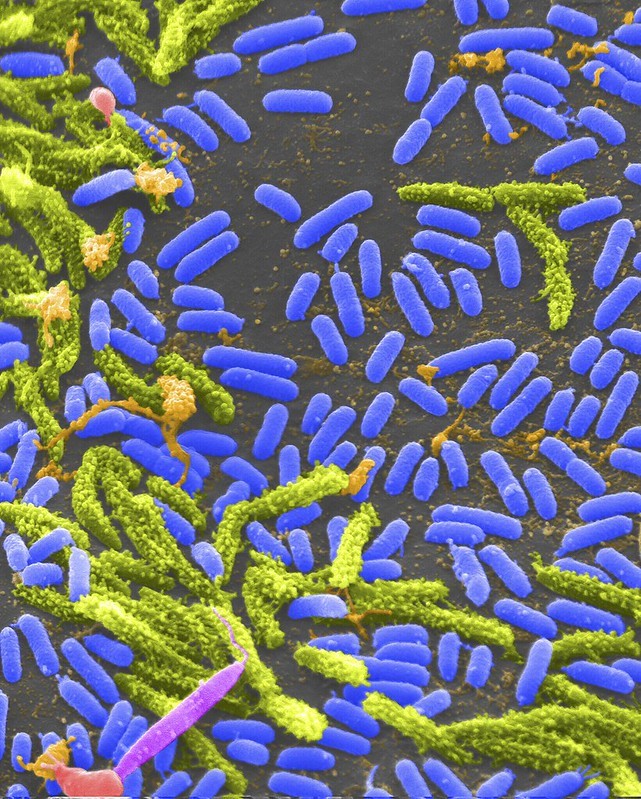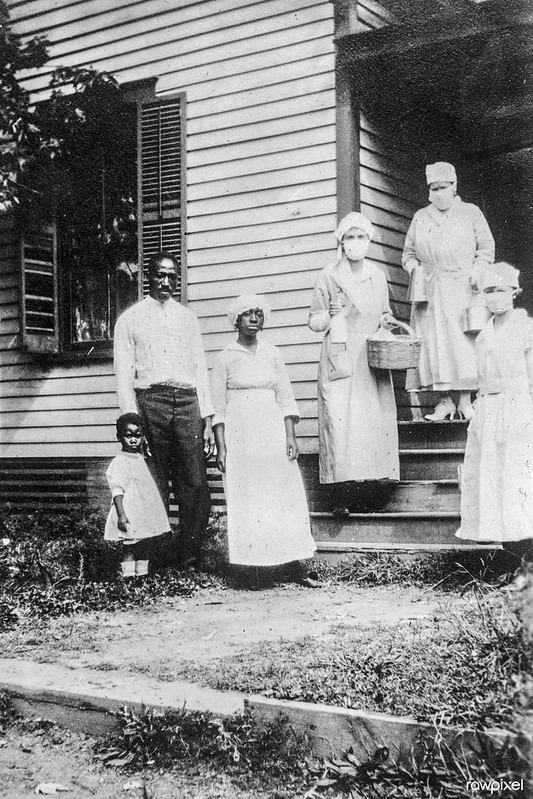
The New York State Department of Health (NYSDOH) yesterday urged residents to take precautions following the Vibrio death of a patient from Suffolk County, as well as similar fatal cases reported recently from Connecticut.
In a statement, New York officials said the case is still under investigation to determine if the patient was exposed to water in New York or elsewhere. The NYSDOH urged health providers to consider Vibrio vulnificus when evaluating patients with severe wound infections or sepsis without or without wound infection. It also urged people with wounds to avoid swimming in warm sea water and people with weakened immune systems to avoid handling or eating raw seafood that could carry the bacteria.
In late July, the Connecticut State Department of Health warned residents about the risk of eating raw shellfish and exposure to salt or brackish water along Long Island Sound after reports of severe Vibrio cases. Since July 1, the state has received reports of three cases, one of them fatal. Patients were between 60 and 80 years old, and all were hospitalized.
Given our current heat wave, this may be a time to exercise particular caution in what you consume.
One patient had eaten raw oysters at a location in another state. The other two were exposed to salt or brackish water in Long Island Sound. Both had pre-existing open cuts or wounds or had sustained new wounds during their activities.
Manisha Juthani, MD, Connecticut's health commissioner, said in the hottest months of summer, bacteria are more likely to overgrow and contaminate raw shellfish. "Given our current heat wave, this may be a time to exercise particular caution in what you consume."
Connecticut recorded five cases in 2020, but none in 2021 or 2022. North Carolina reported three Vibrio deaths in July.











